REVISION NOTES
3.3.1 Understand that the genome is the entire DNA of an organism and that a gene is a section of a molecule of DNA that codes for a specific protein
Genome:
3.3.2 Understand that the nucleus of a cell contains chromosomes on which genes are located
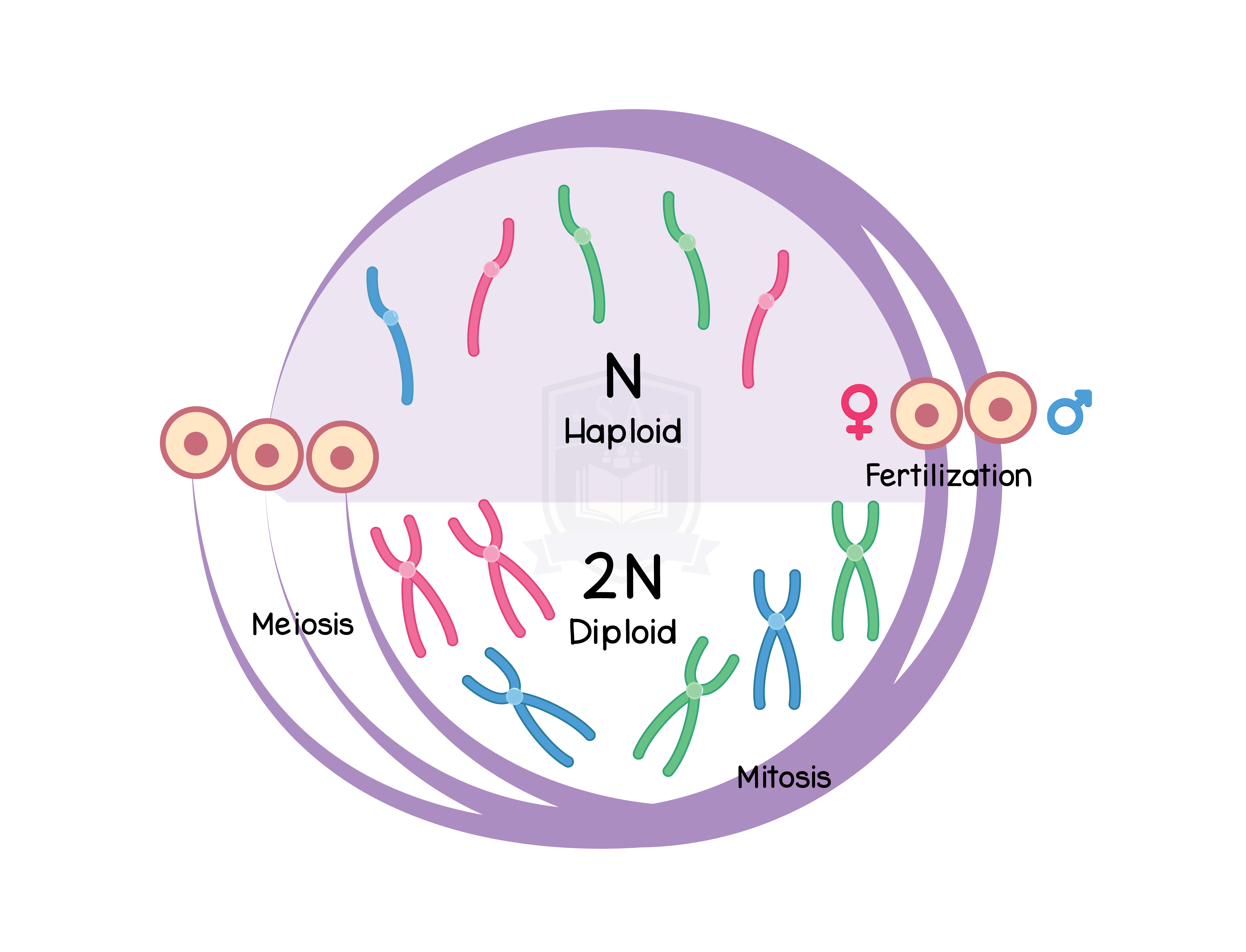
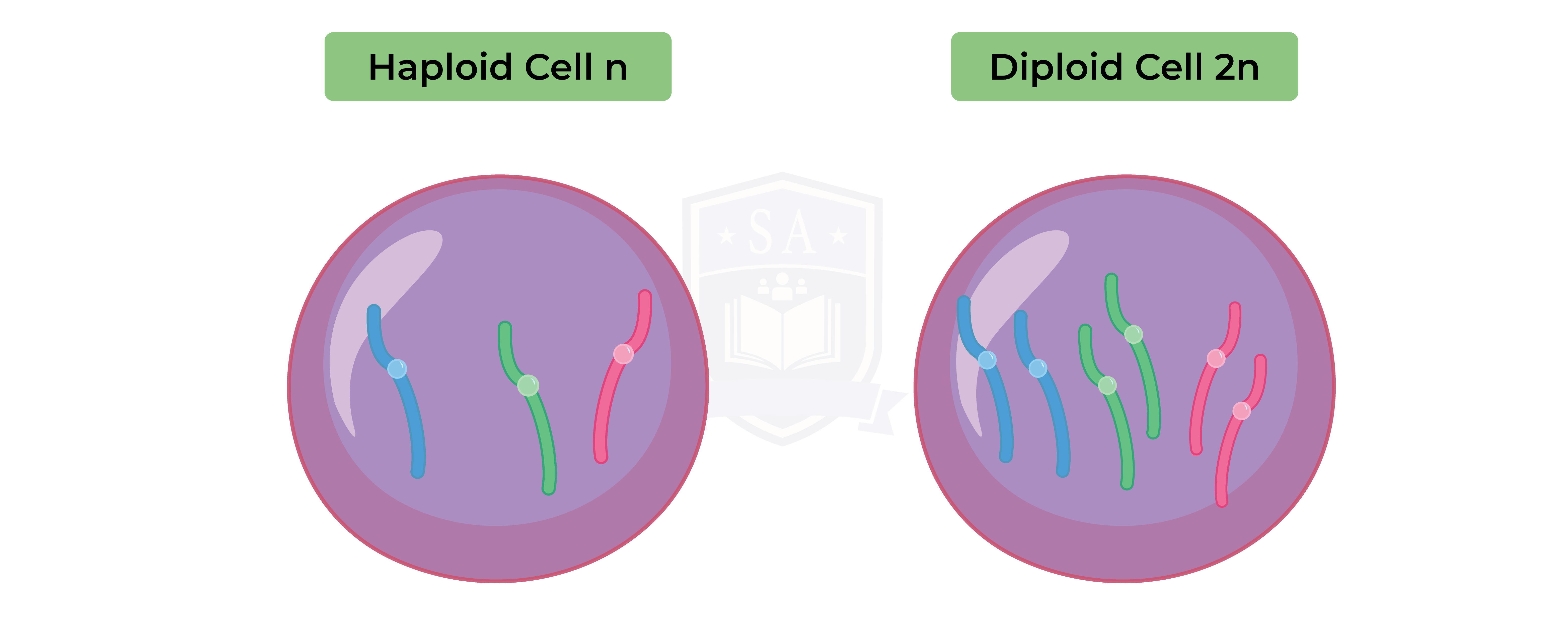
Chromosomes:
3.3.3B Describe a DNA molecule as two strands coiled to form a double helix, the strands being linked by a series of paired bases: adenine (A) with thymine (T), and cytosine (C) with guanine (G)
DNA structure:
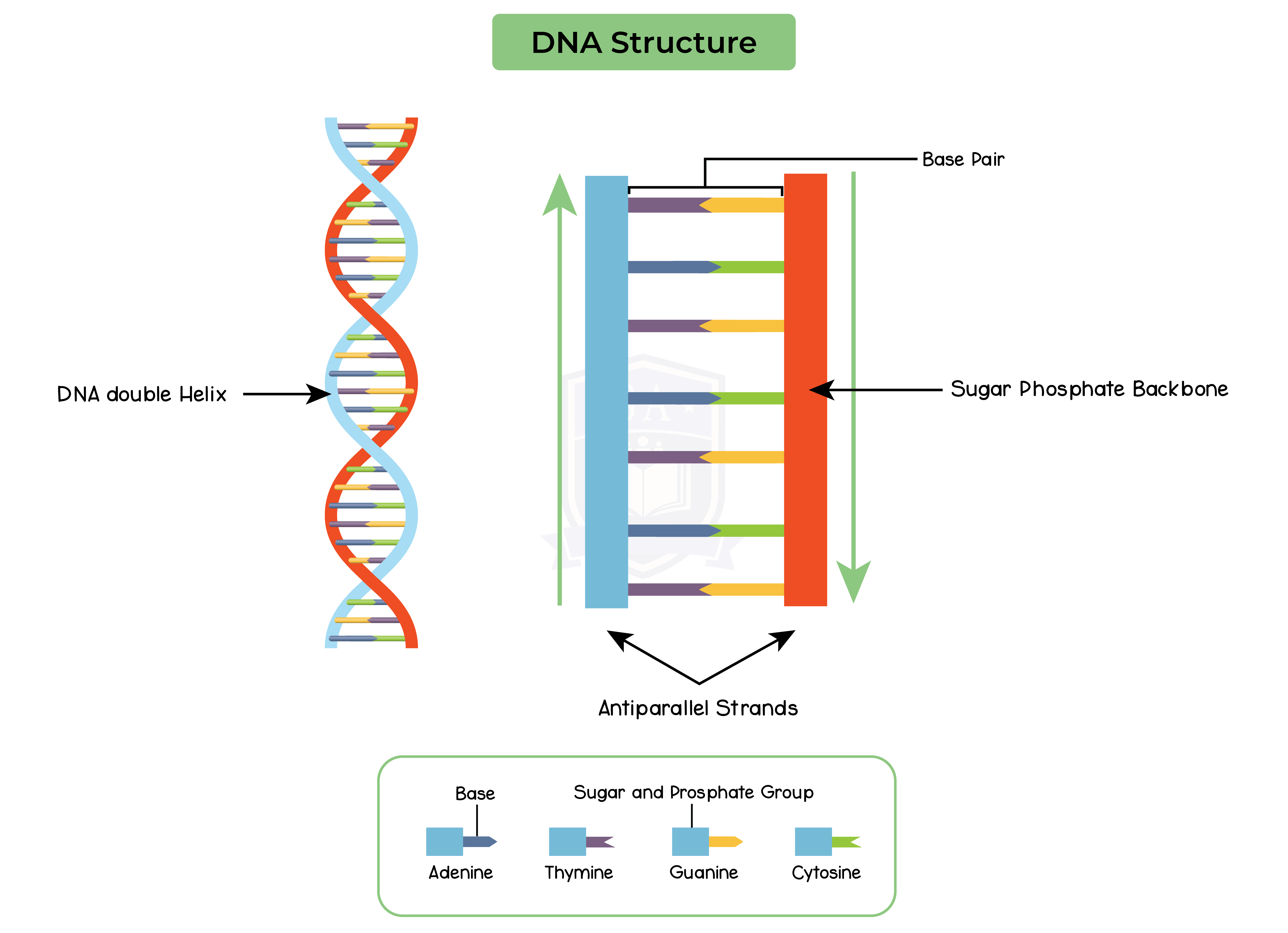
3.3.4 Understand that an RNA molecule is single stranded and contains uracil (U) instead of thymine (T)
RNA:
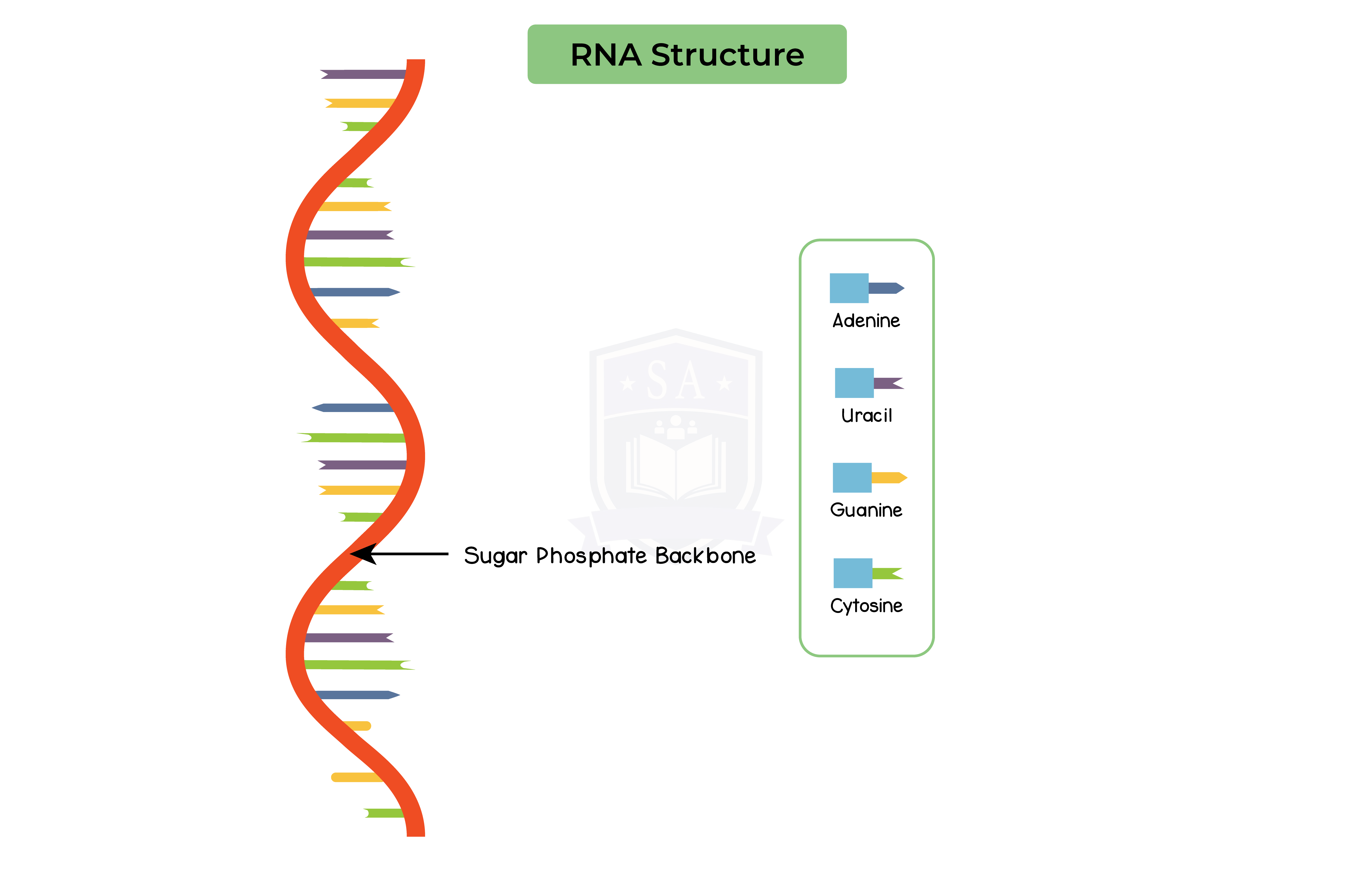
3.3.5B Describe the stages of protein synthesis including transcription and translation, including the role of mRNA, ribosomes, tRNA, codons and anticodons
Protein synthesis:
Transcription:
Translation:
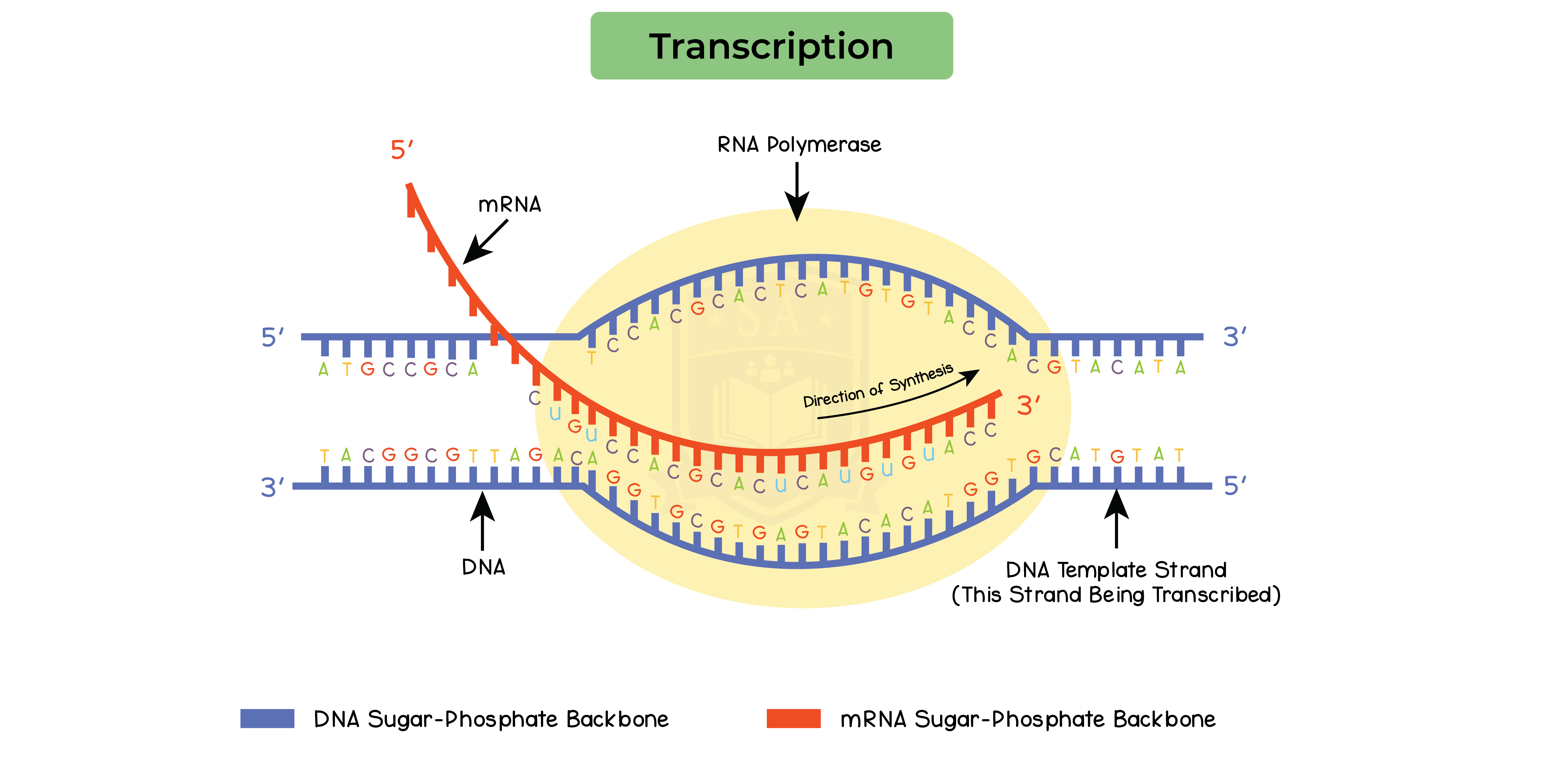
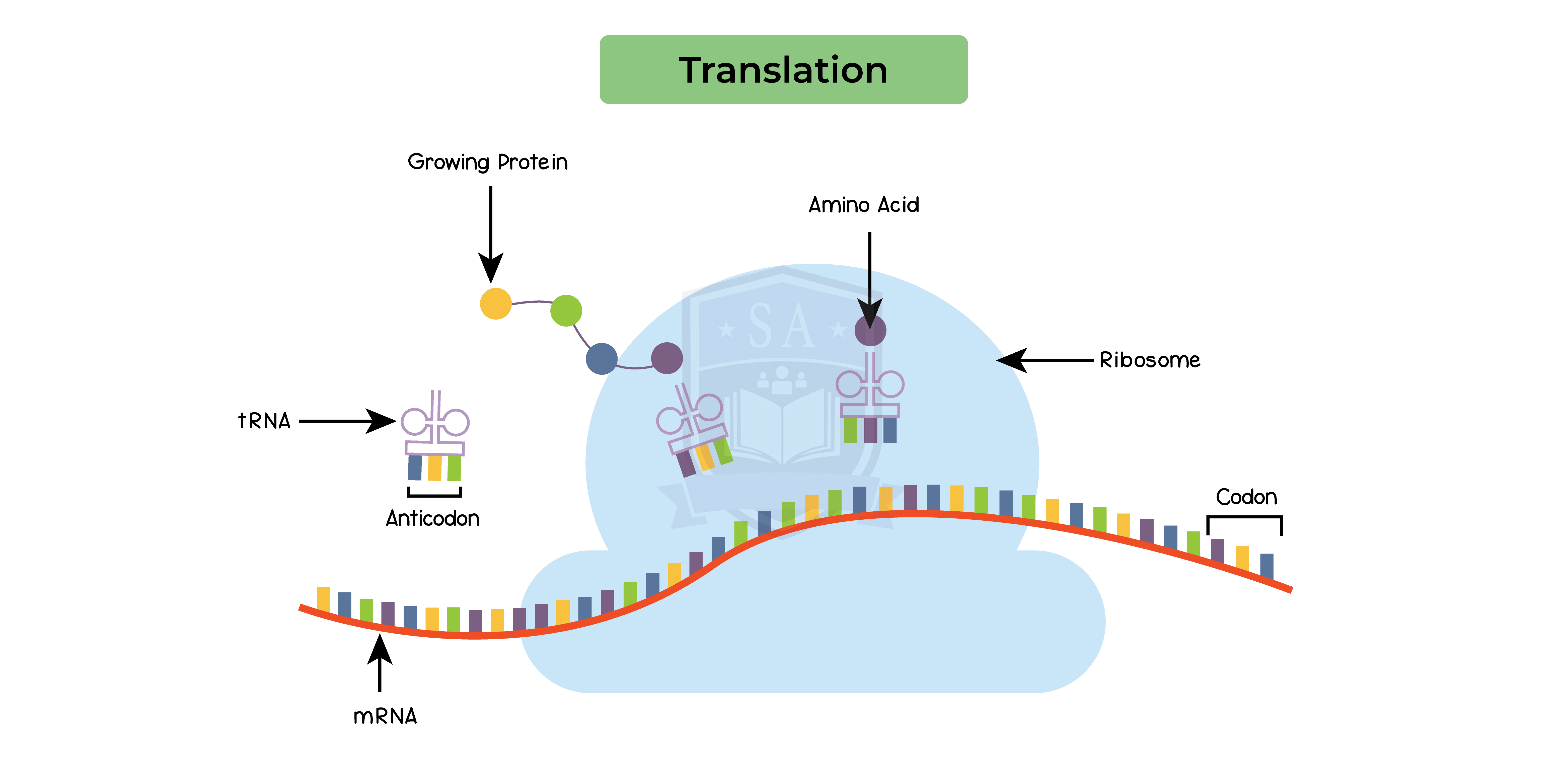
3.3.6 Understand how genes exist in alternative forms called alleles which give rise to differences in inherited characteristics
Alleles:
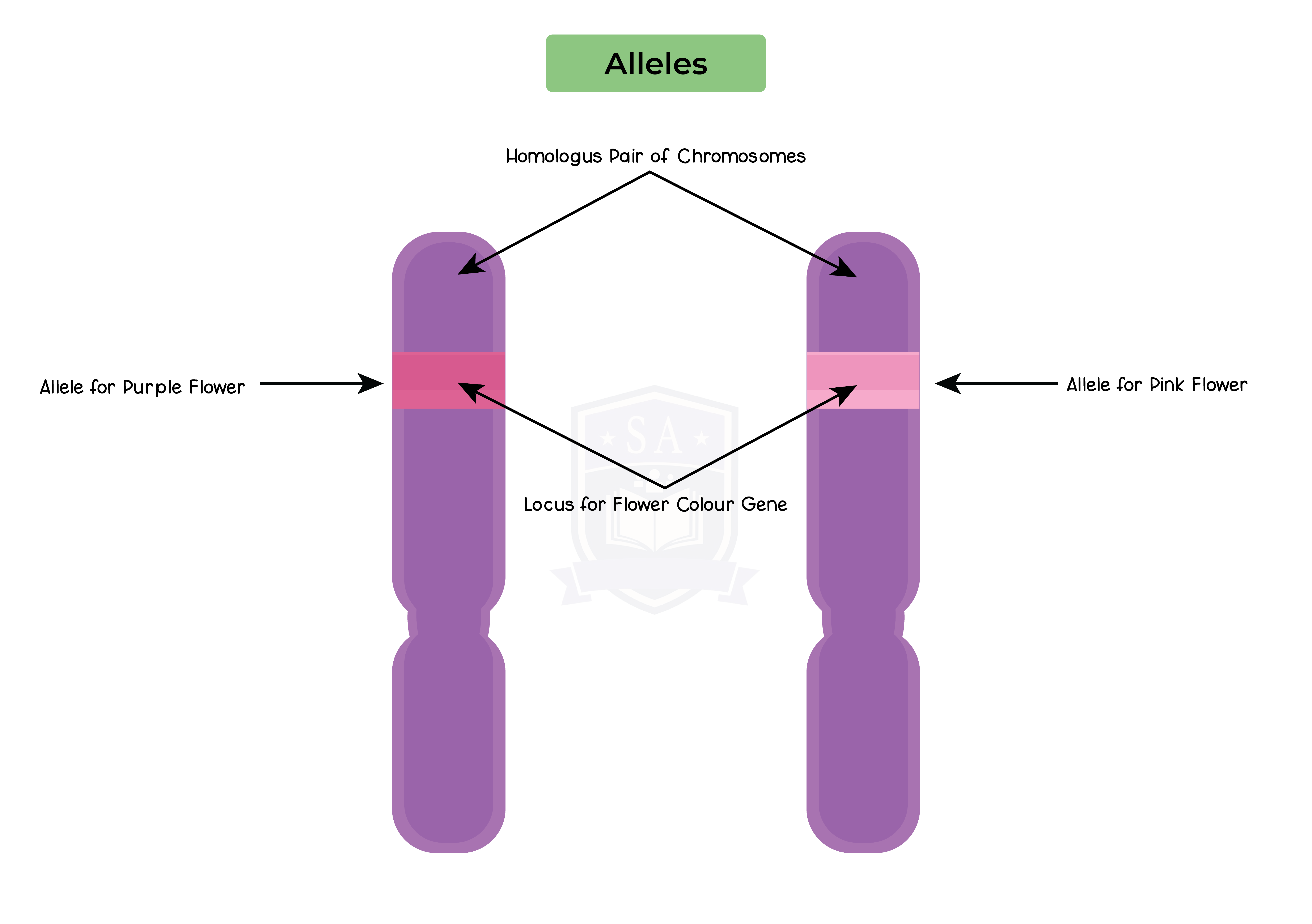
3.3.7 Understand the meaning of the terms: dominant, recessive, homozygous, heterozygous, phenotype, and genotype
Dominance and recessiveness:

3.3.8B Understand the meaning of the term codominance
Co-dominance:
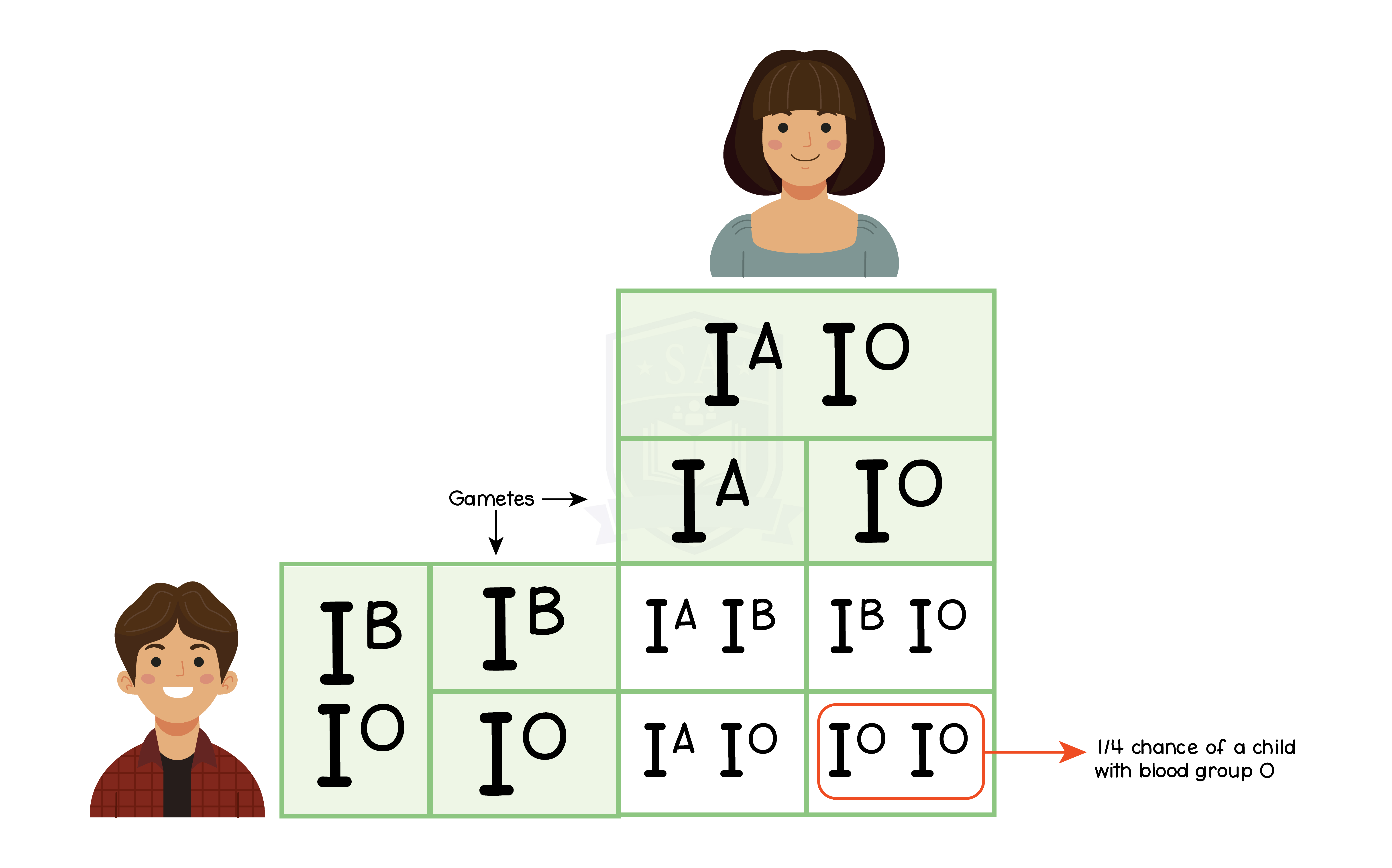
3.3.9 Understand that most phenotypic features are the result of polygenic inheritance rather than single genes
Polygenic inheritance:
3.3.10 Describe patterns of monohybrid inheritance using a genetic diagram
Monohybrid inheritance:
E.g. monohybrid inheritance in pea plants
Breeding two homozygous plants:
All offspring would have tall phenotype and a heterozygous genotype
Breeding two heterozygous plants:
Breeding a homozygous with a heterozygous plant:
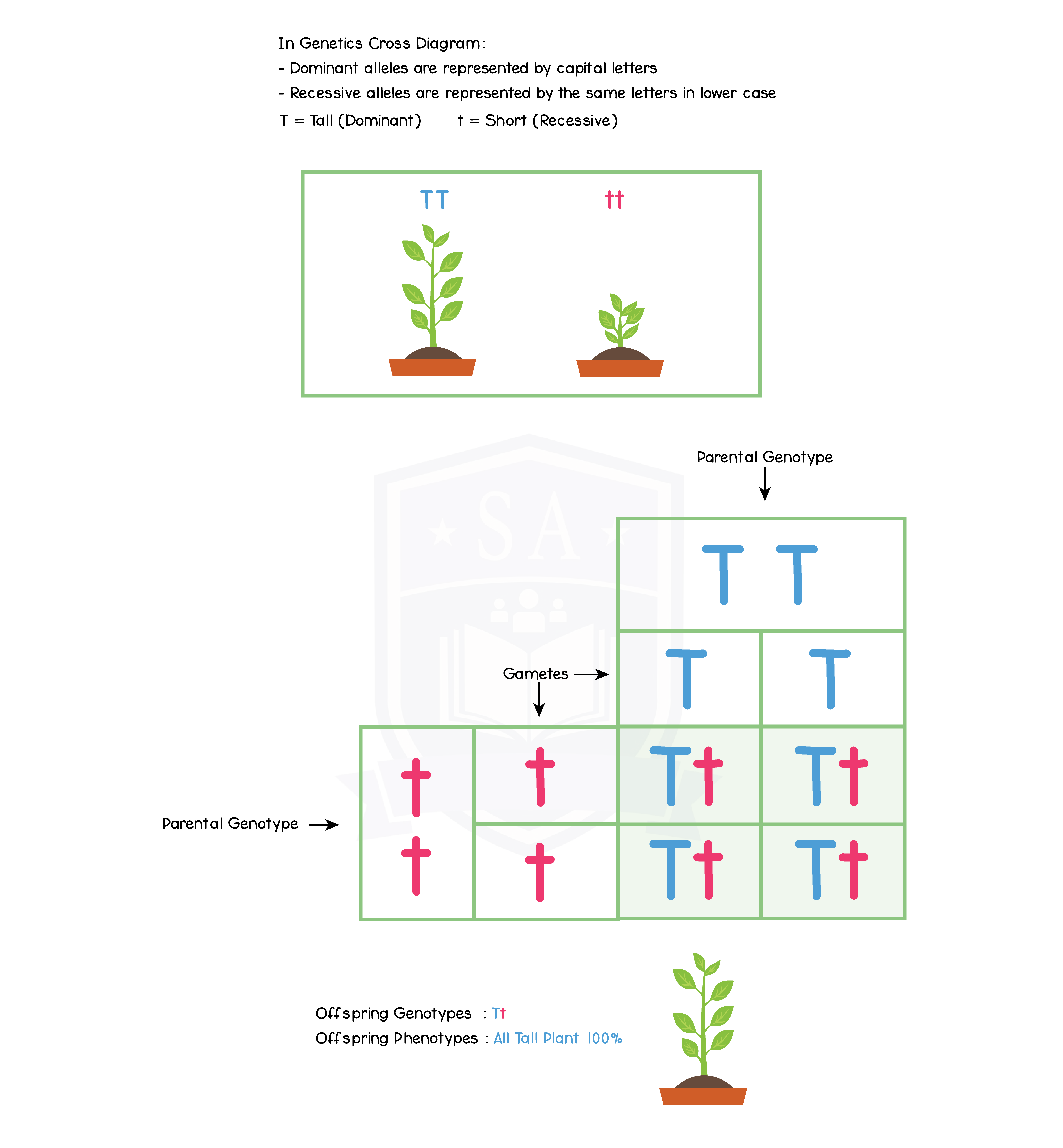
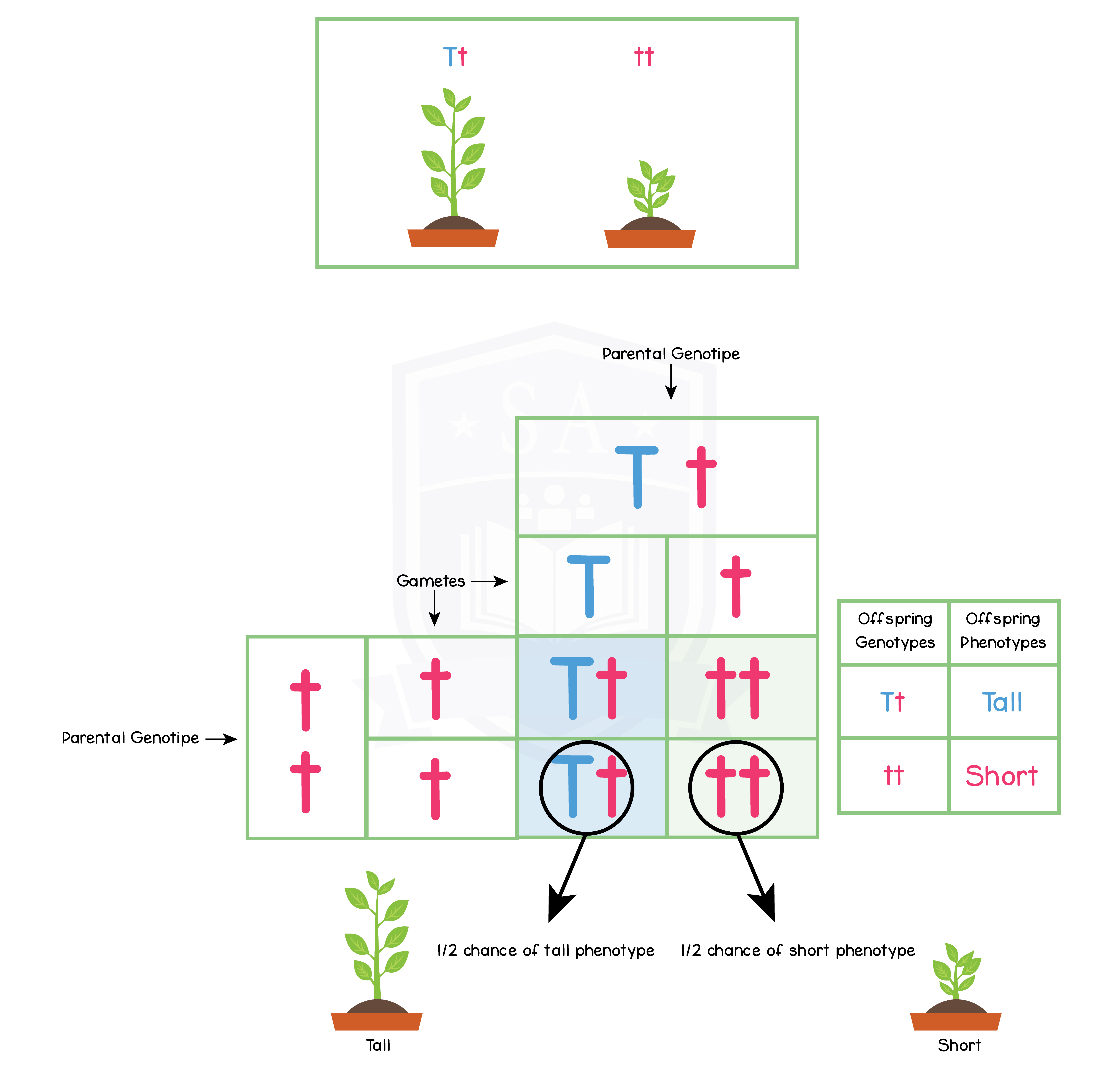
3.3.11 Understand how to interpret family pedigrees
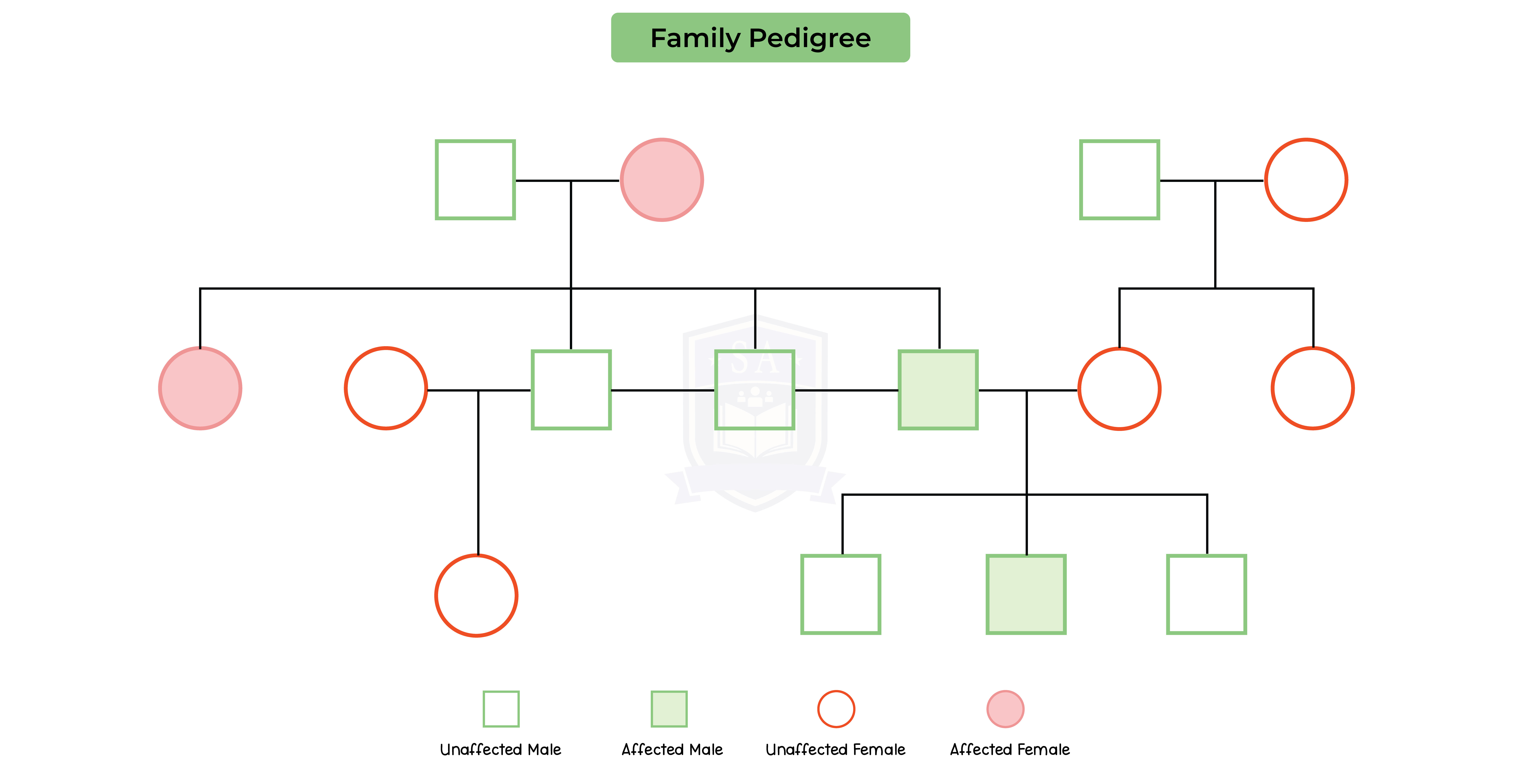
3.3.12 Predict probabilities of outcomes from monohybrid crosses
Predicting probabilities:
3.3.13 Understand how the sex of a person is controlled by one pair of chromosomes, XX in a female and XY in a male
Determination of sex:
They are the only one that can pass on the Y chromosome
Depending on the sperm that fertilises the egg, sex is determined
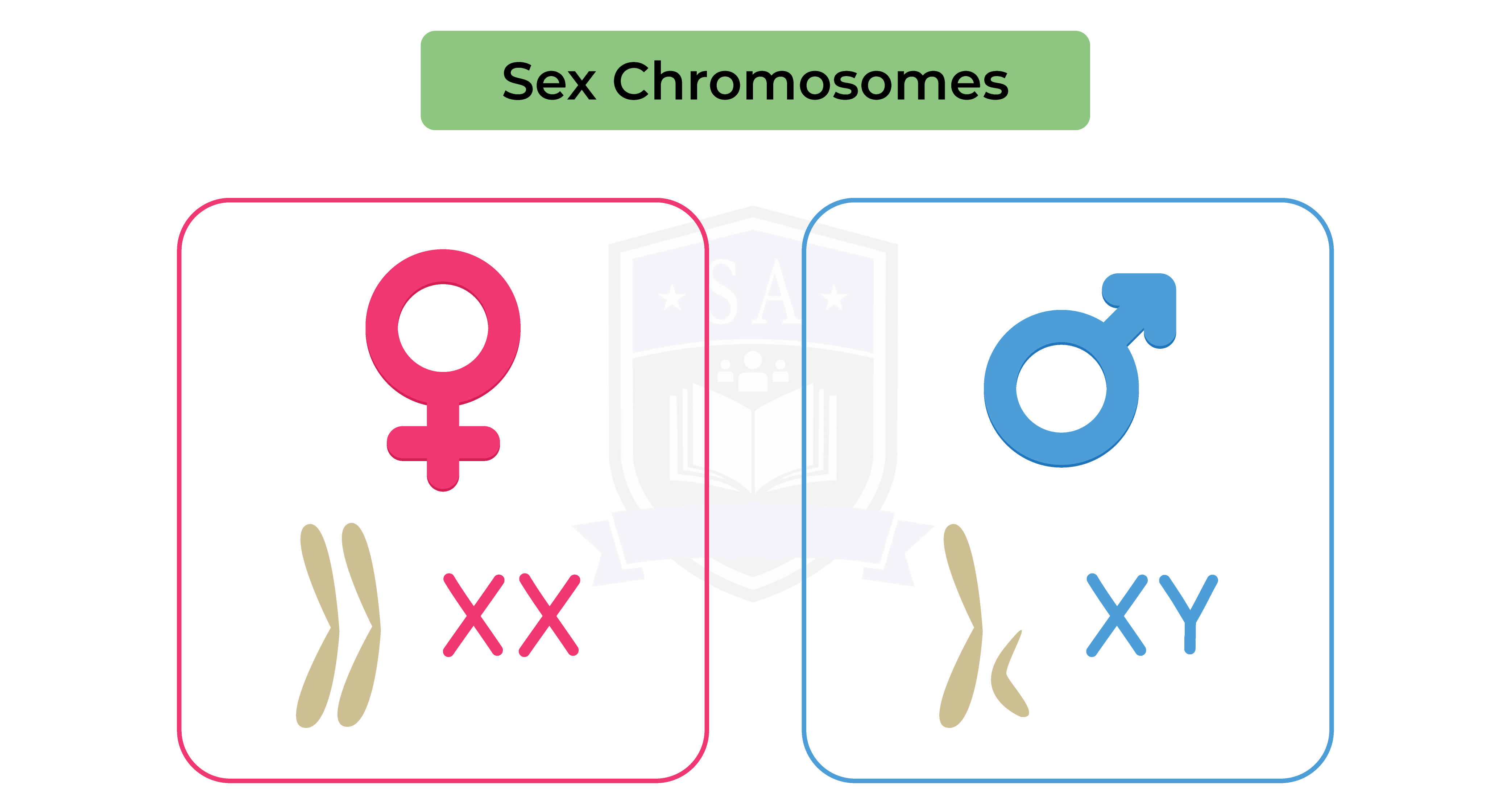
3.3.14 Describe the determination of the sex of offspring at fertilisation, using a genetic diagram
Sex determination:
3.3.15 Understand how division of a diploid cell by mitosis produces two cells that contain identical sets of chromosomes
Mitosis:
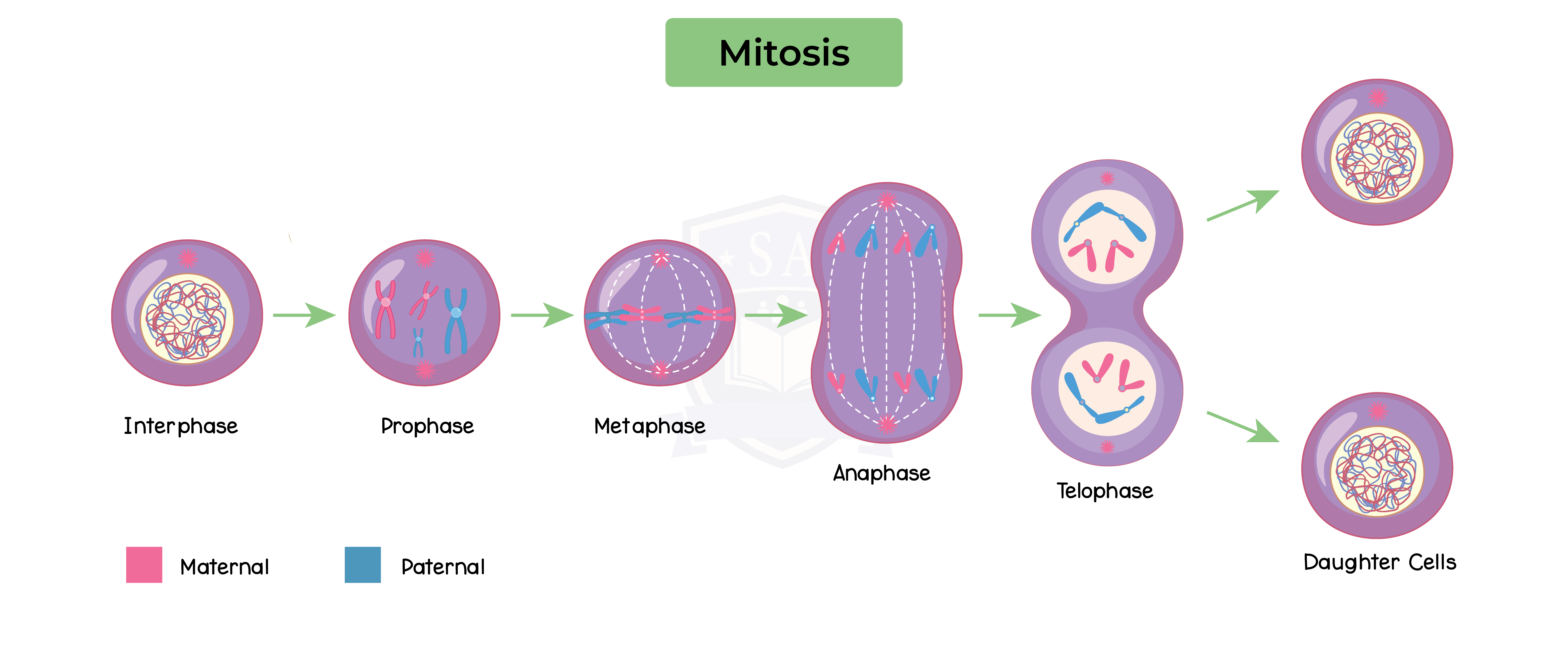
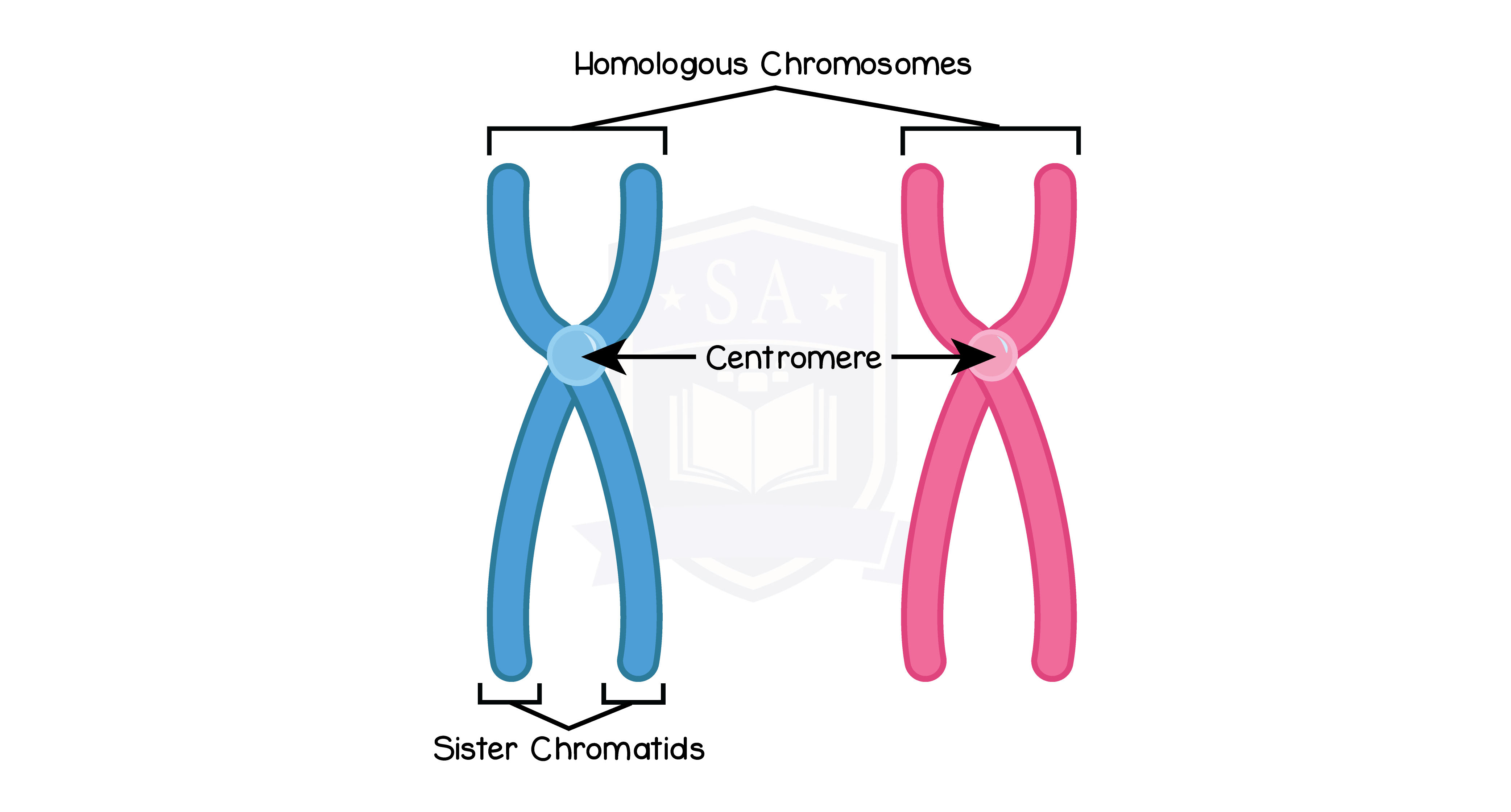
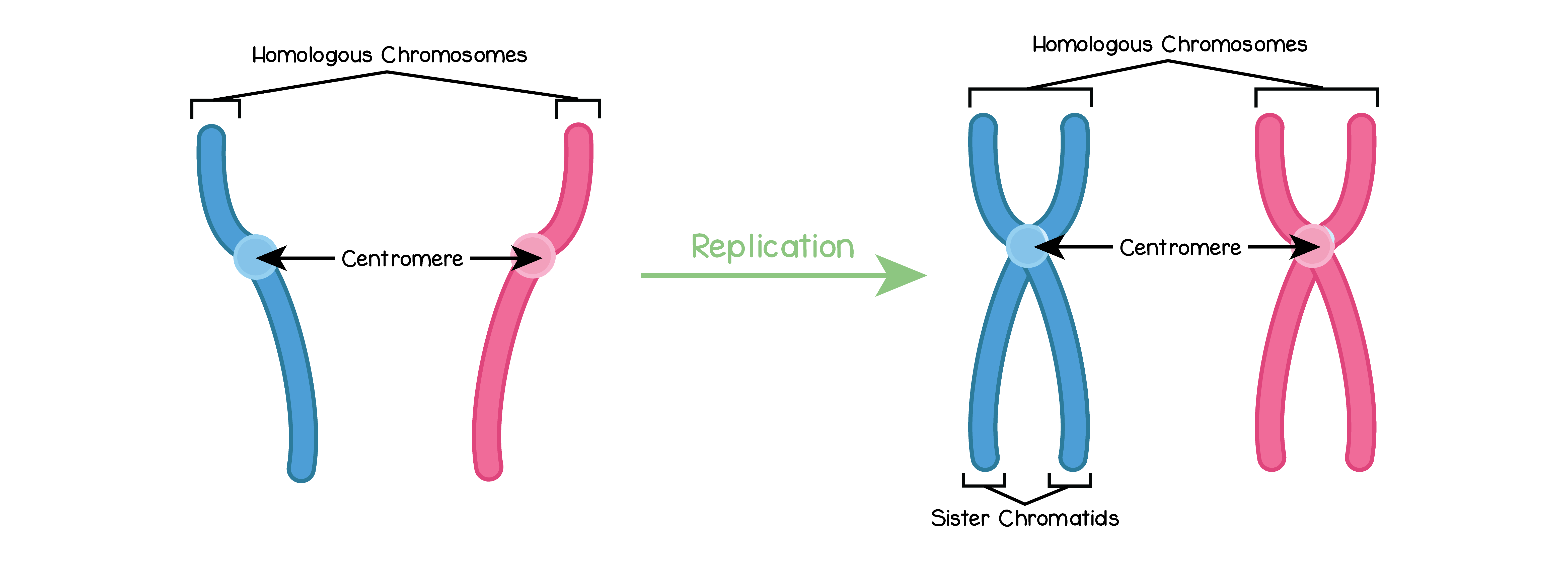
3.3.16 Understand that mitosis occurs during growth, repair, cloning and asexual reproduction
Significance of mitosis:
Used in asexual reproduction as all offspring are genetically identical to the parent
3.3.17 Understand how division of a cell by meiosis produces four cells, each with half the number of chromosomes, and that this results in the formation of genetically different haploid gametes
Meiosis:
Process of meiosis:
First division: same process as mitosis
Second division: cells from the first division undergo
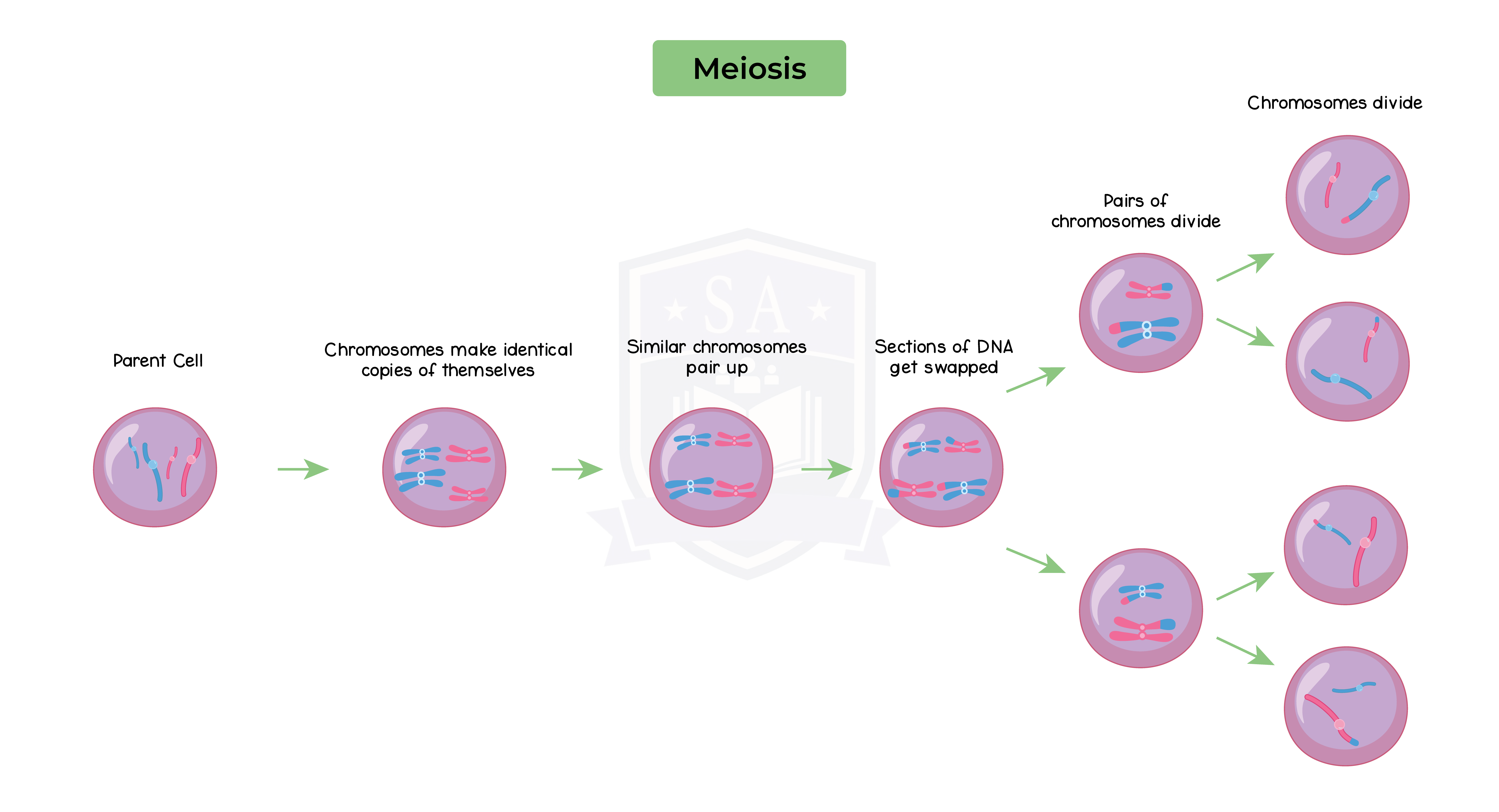
3.3.18 Understand how random fertilisation produces genetic variation of offspring
Significance of meiosis:
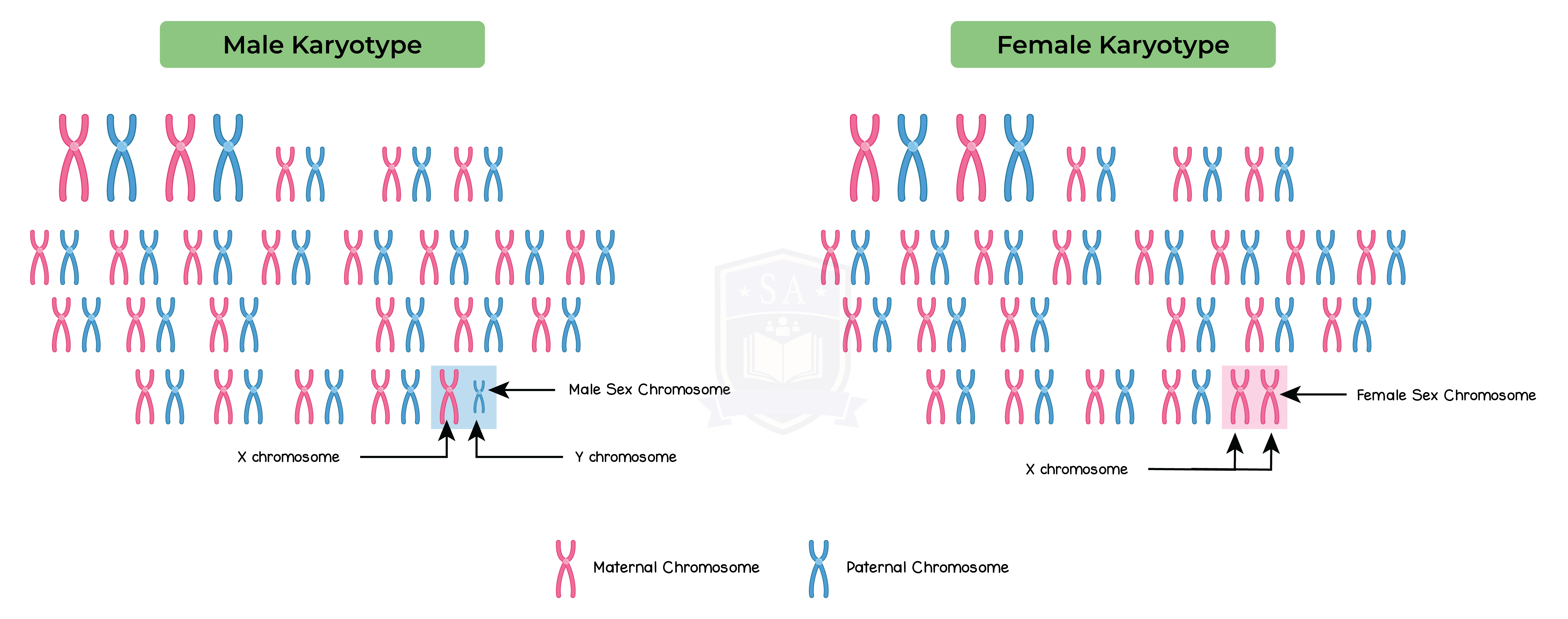
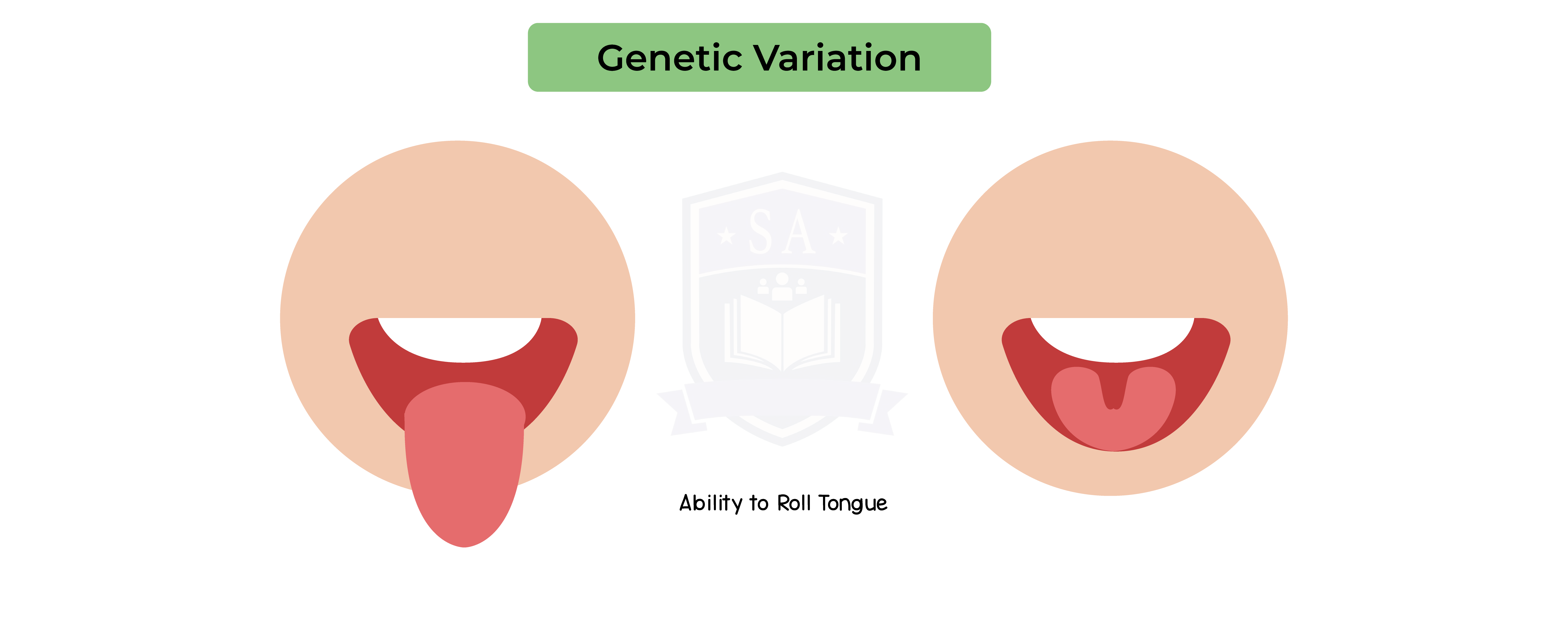
3.3.19 Know that in human cells the diploid number of chromosomes is 46 and the haploid number is 23
Diploid cells:
Haploid cells:
3.3.20 Understand that variation within a species can be genetic, environmental, or a combination of both
Variation:
Genetic variation:
Environmental variation:
Genetic and environmental variation:
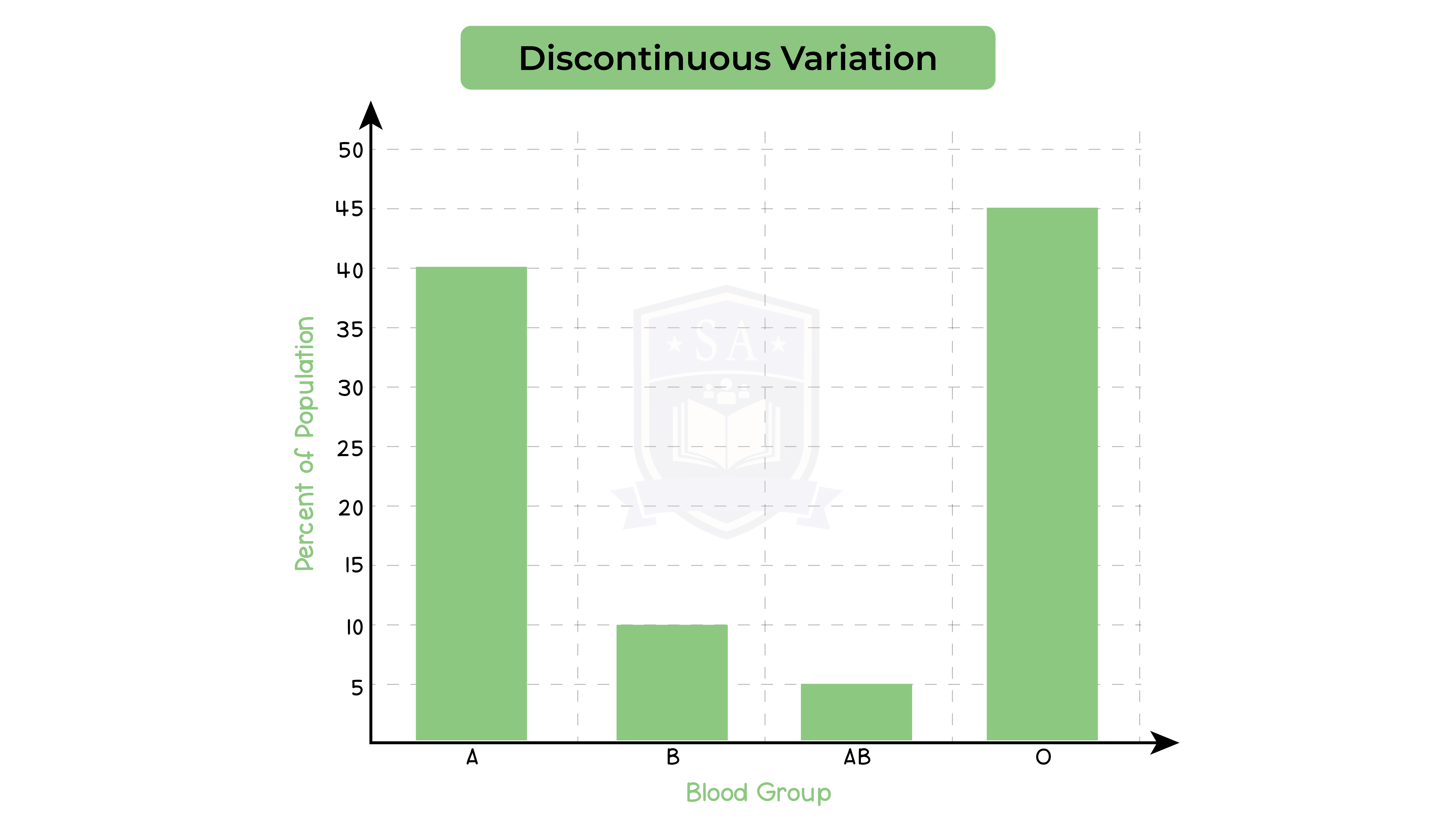
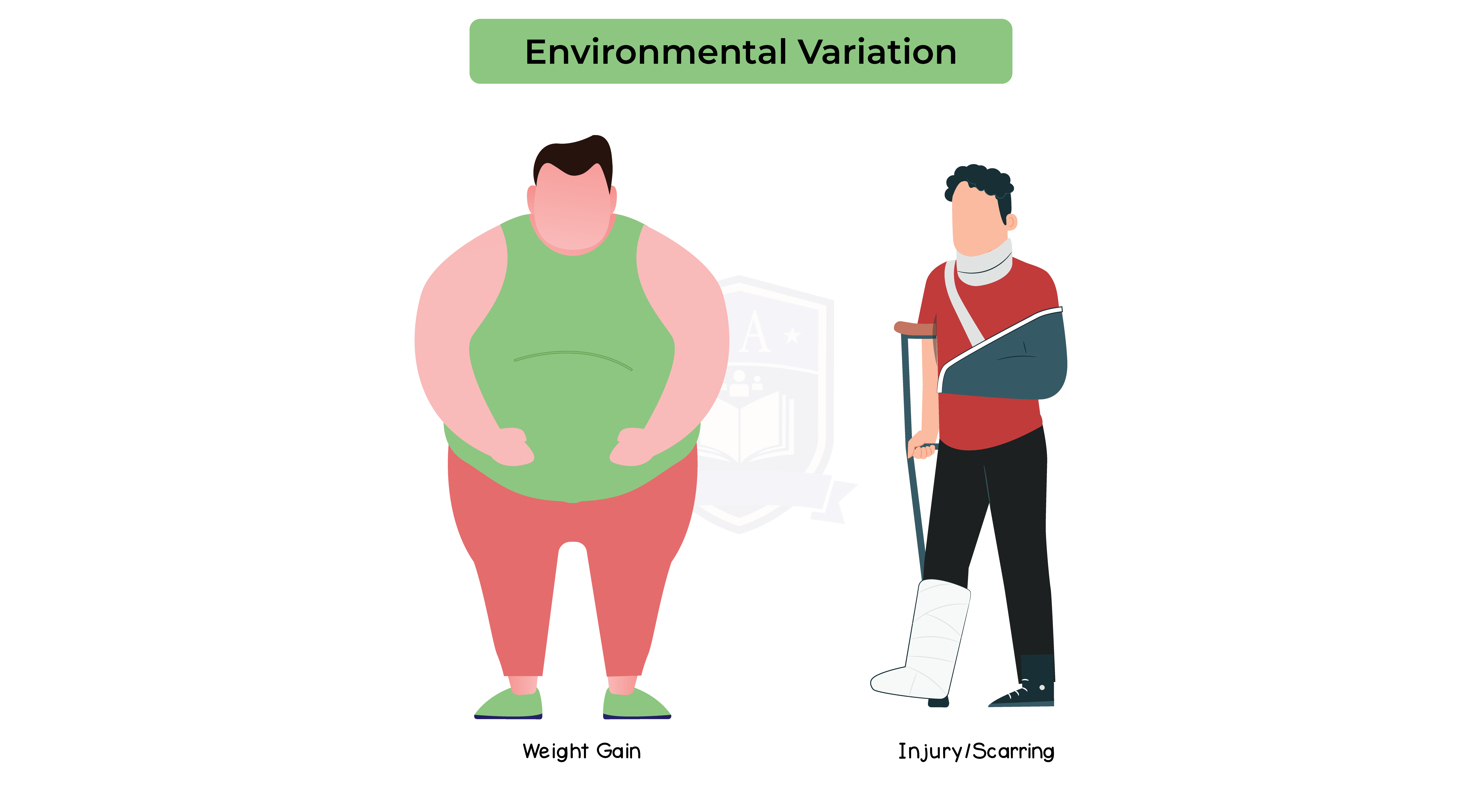
3.3.21 Understand that mutation is a rare, random change in genetic material that can be inherited
Mutations:
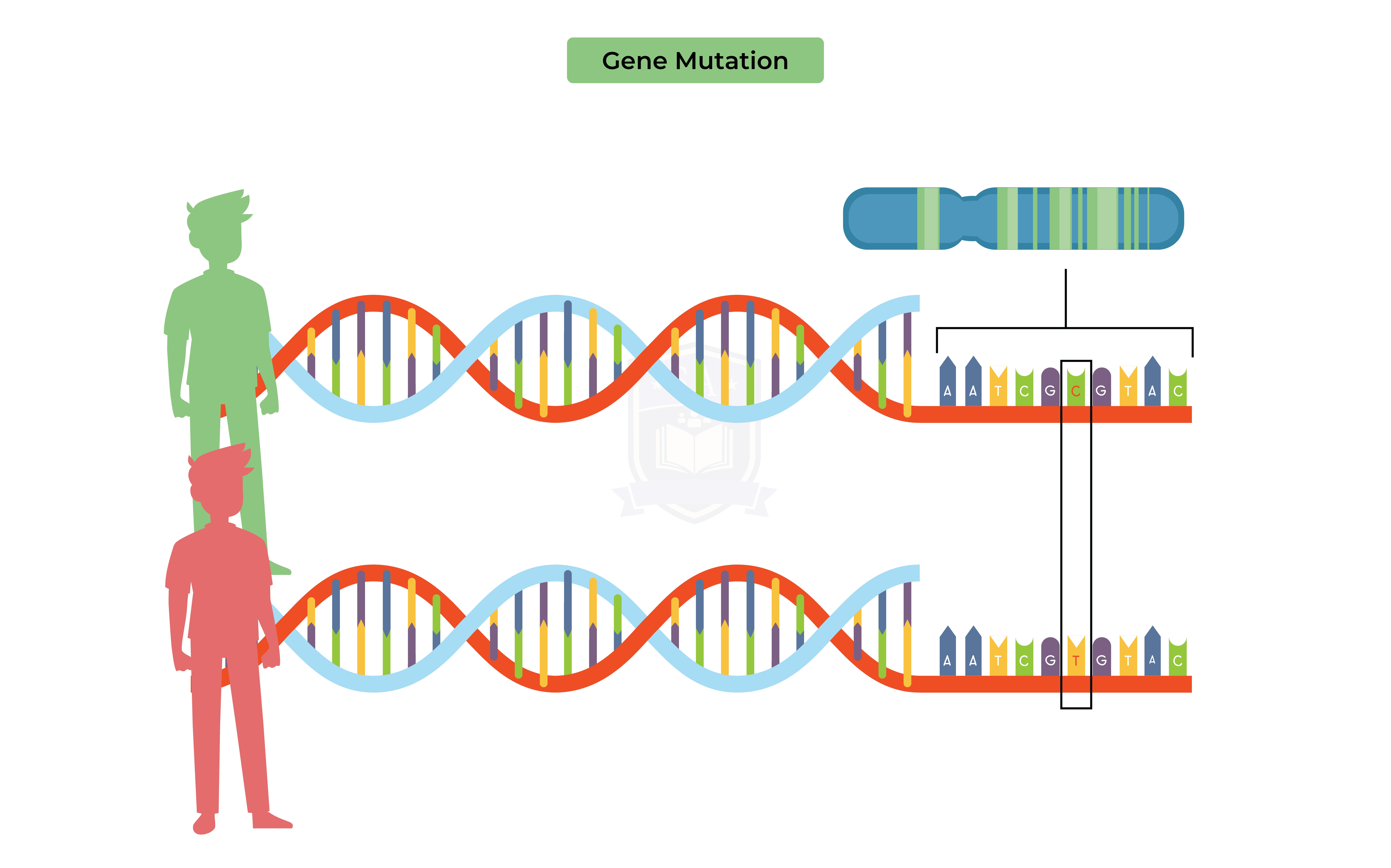
3.3.22B Understand how a change in DNA can affect the phenotype by altering the sequence of amino acids in a protein
There are 3 types of mutations:
Insertion mutation:
Substitution mutation:
May cause a change in structure and function of protein but this is rare
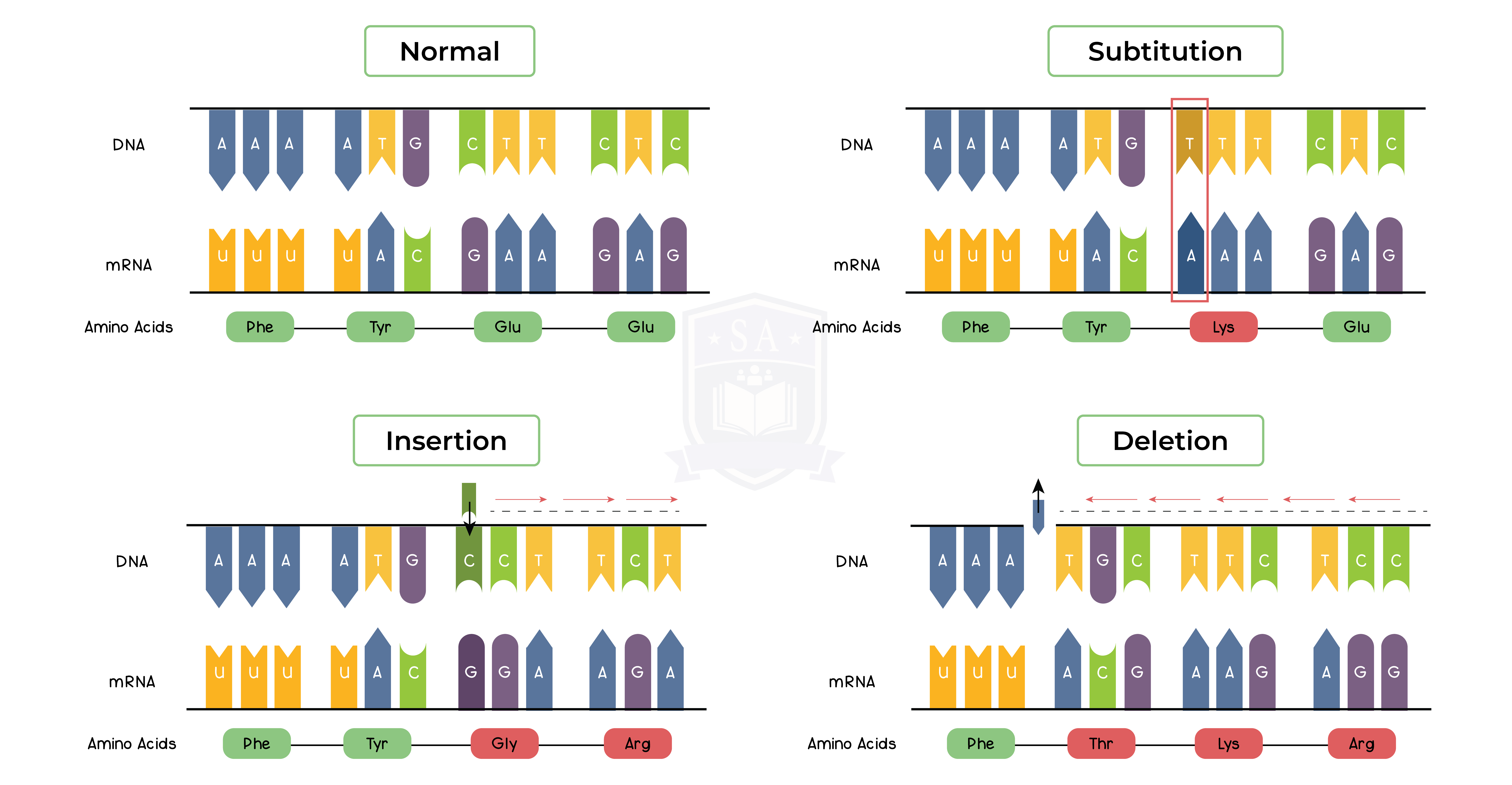
3.3.23B Understand how most genetic mutations have no effect on the phenotype, some have a small effect and rarely do they have a significant effect
Effect of mutations:
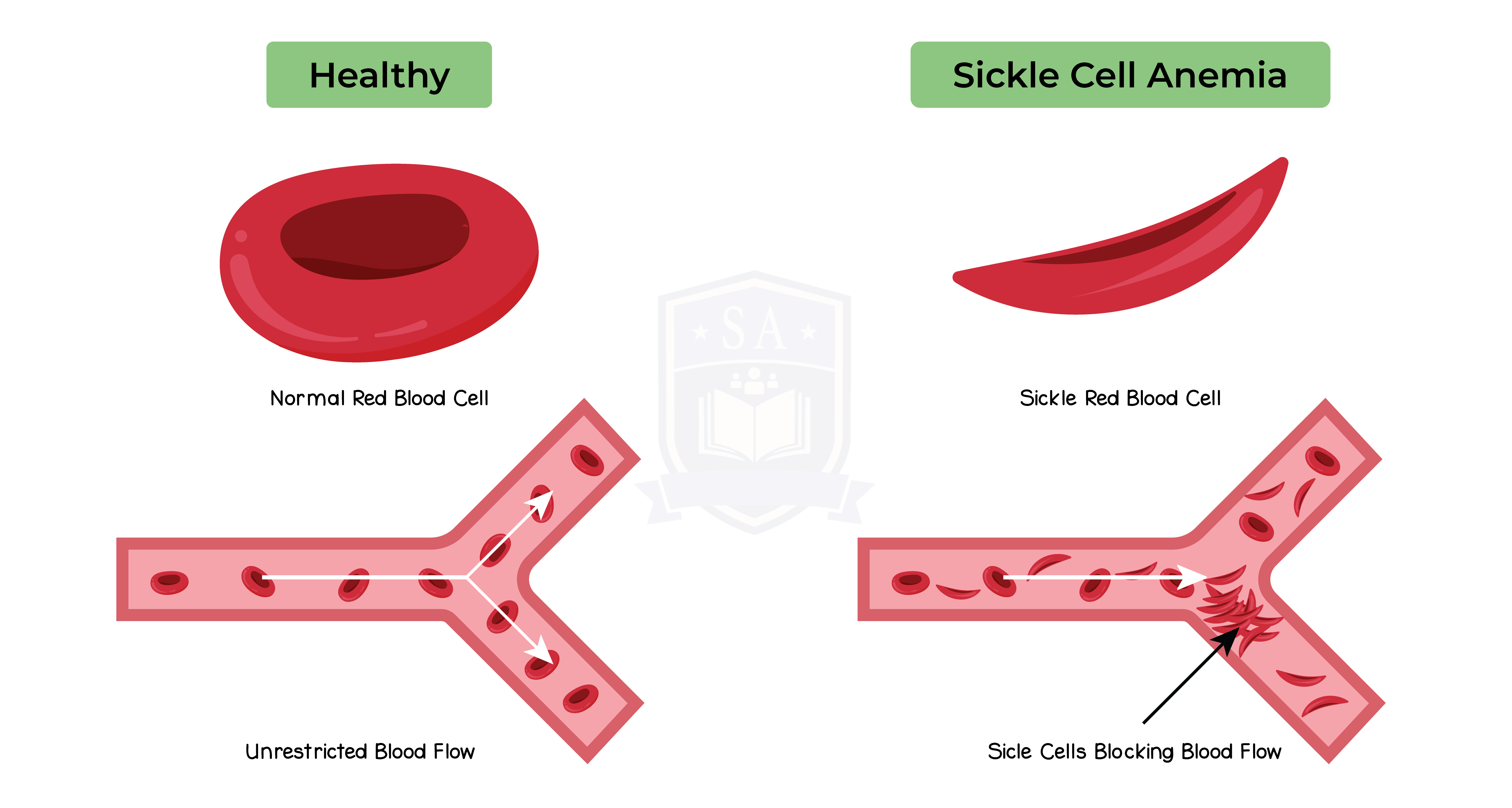
3.3.24B Understand that the incidence of mutations can be increased by exposure to ionising radiation (for example, gamma rays, x-rays and ultraviolet rays) and some chemical mutagens (for example, chemicals in tobacco)
Causes of mutations:
3.3.25 Explain Darwin’s theory of evolution by natural selection
Charles Darwin:
Darwin’s theory:
The environment therefore, naturally selects for individuals most suited to it
3.3.26 Understand how resistance to antibiotics can increase in bacterial populations, and appreciate how such an increase can lead to infections being difficult to control
Antibiotic resistance:
Preventing antibiotic resistance:
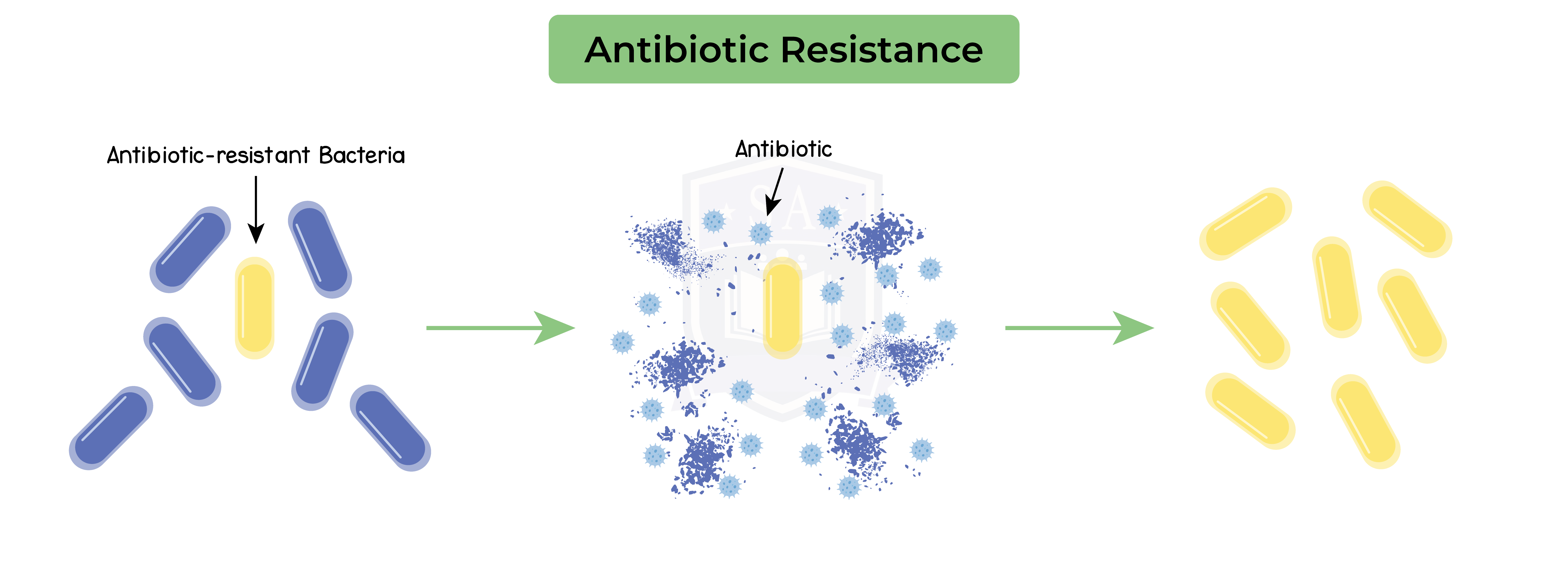

© 2025 Studia Academy. All rights reserved.